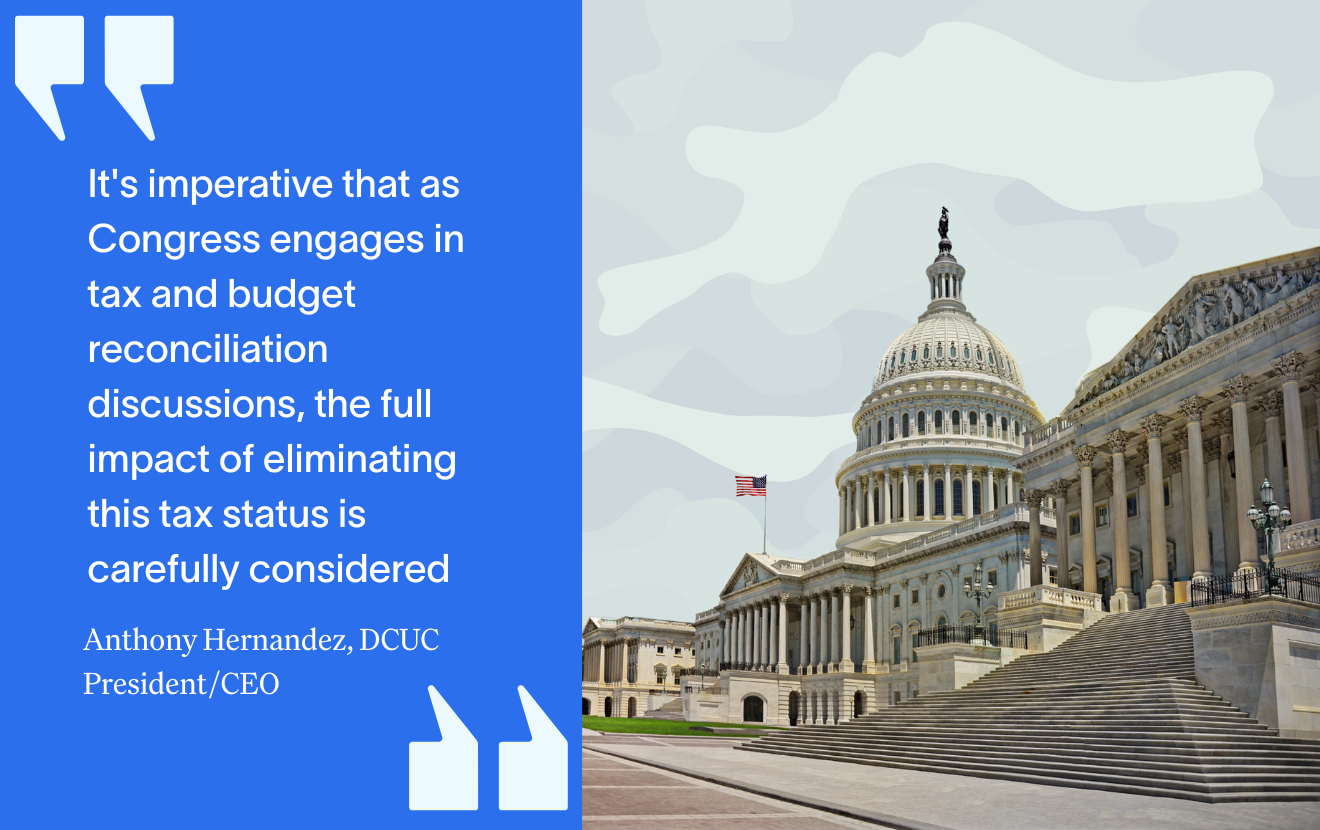by. Robin Remines
In the most collaborative industry (outside pure scientific research) in the world, credit unions are uniquely positioned to share these lessons learned. So if you’re looking for insight into what are the top “deal breakers” for a successful BCP plan, you’ve come to the right place! We’re here to tell you what we’ve learned from working with hundreds of credit union clients. In no particular order – we see recovery planning efforts fail more often for the following reasons:
The Once and Done Strategy
In the case of disaster recovery planning, a “once and done” approach guarantees failure. Your business/operations is constantly changing, as well as all the important components that make it work (i.e., People, Processes and Technologies). To develop a static paper (and yes, a WORD document counts as paper) is to miss the importance of the lifecycle needed to ensure recovery efforts are effective. The plan must evolve to be owned and maintained by all employees. For additional lifecycle information see our blog on “Business Continuity Planning”
Giving it to the” IT Guy”
I’m not saying your technology leader doesn’t have a key role in the recovery strategies, they do. What I’m saying is the entire organization must OWN the responsibility of developing mitigation strategies for their line of business (functional area). Each line manager should be looking at their own business unit to determine areas of weaknesses such as reliance on a single vendor or employee for a key function, development of offline procedures for those times when the systems are not available and escalation of gaps in budget items to ensure recovery time objectives (RTO) can be met.
We have a plan?
This is one of my favorite “oops”! I’ve seen some very successful plans developed which for some reason or another – never make it out of the gate. Once the plan is developed, communicating it to your staff, vendors and board is imperative. Not only does this ensure everyone is on the same page, but their feedback could also lead to improvements in the overall plan. Look for ways to achieve buy-in across all positions and departments. Those doing the actual work most often know the weak spots that need addressed.






